The S-400 air defense missile system (Russian: С-400 Триумф, NATO designation: SA-21 Growler) is designed to destroy electronic jamming aircraft, radar search and command (early warning) aircraft, reconnaissance aircraft, strategic and tactical aviation aircraft, tactical and operational-tactical ballistic missiles, medium-range ballistic missiles, hypersonic targets, and other modern and prospective aerial threats. To effectively counter attacks from Tomahawk missiles, the S-400 employs a combination of static and mobile defense strategies to intercept incoming threats.
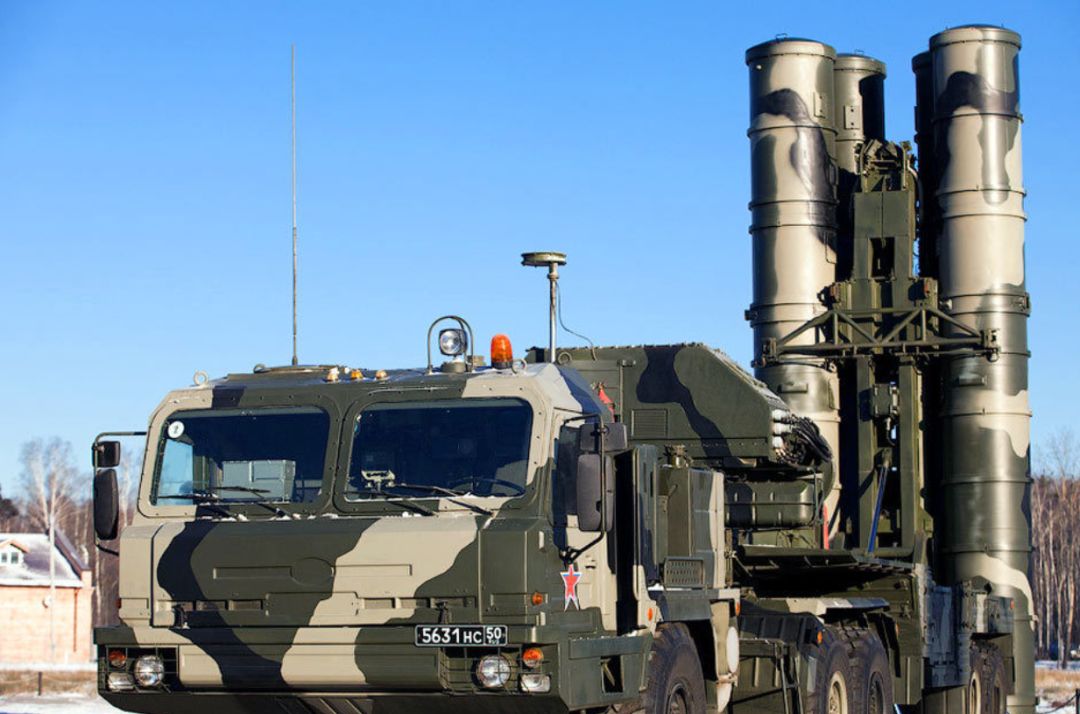
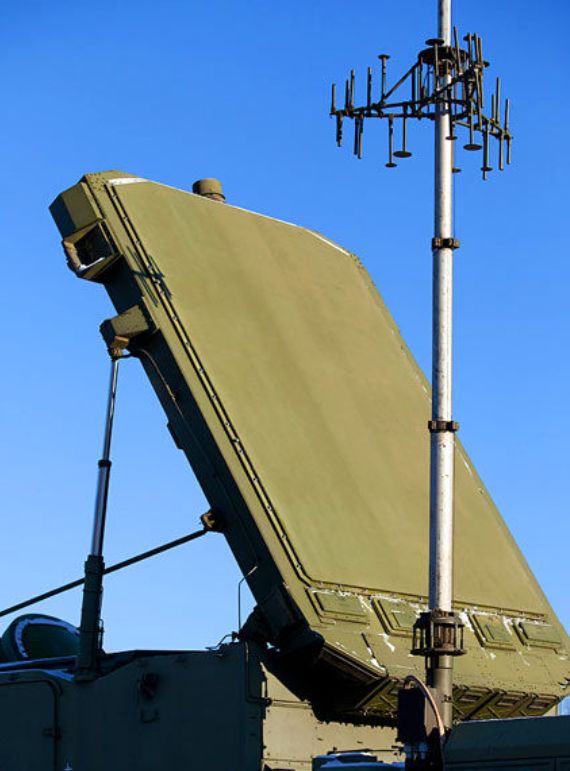
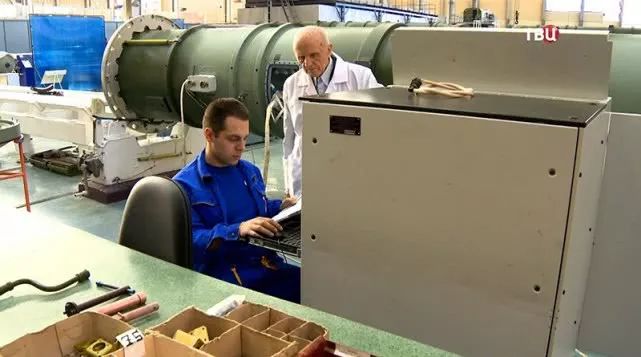
Recently, Moscow Mayor Sergey Sobyanin visited the S-400 production line. Consequently, news reports showcased the production line of Russia’s main air defense missile, including the workshop for the well-known S-400.
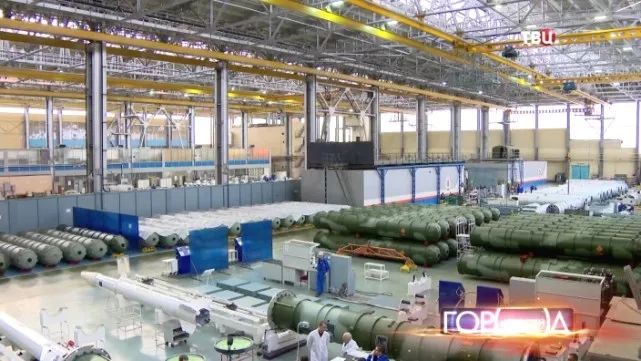
This shot depicts the “finished product area,” featuring rows of missile storage and transport integrated launch tubes.
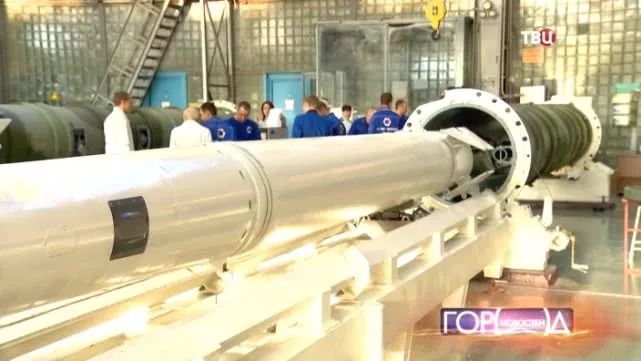
The missiles are being transferred into the launch tubes, ready for “sealing”.
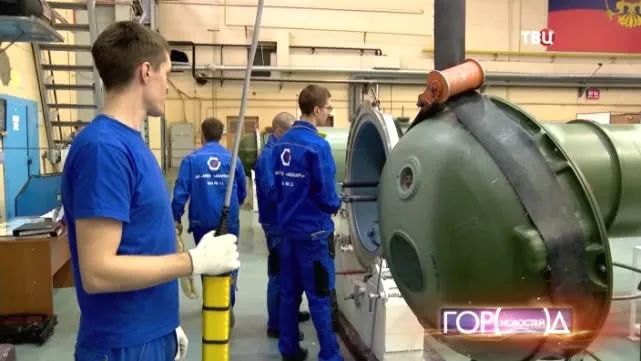
Inside the workshop, the bottom cover of the engine barrel is being hoisted, serving as a load-bearing structure during launch, and is quite heavy.
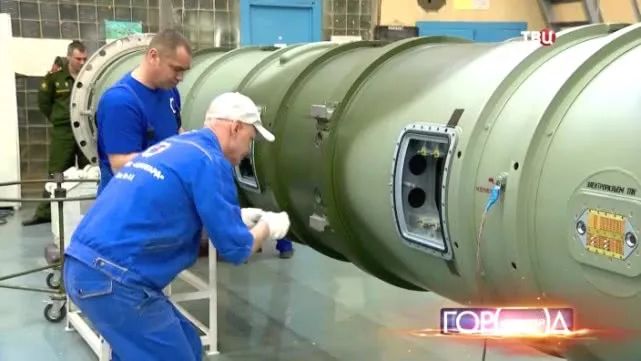
The launch tube, which integrates storage, transport, and launch capabilities, will also have hatches on the tube wall for internal inspection or maintenance.
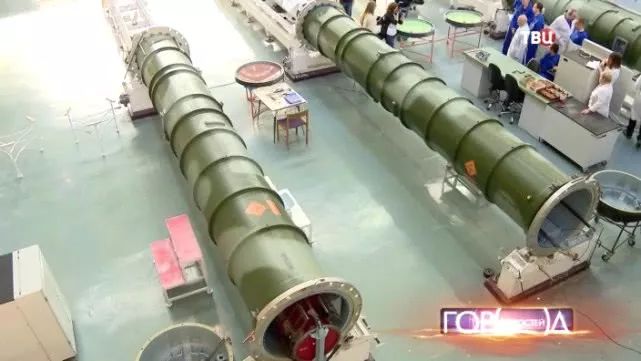
Compared to bare missiles and launch frames, such integrated launch tubes offer advantages in maintenance and storage.
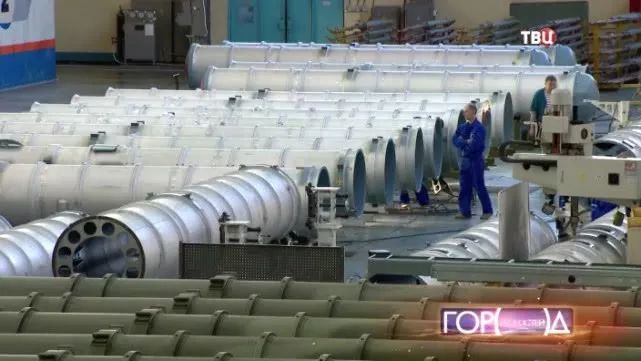
The materials used for the launch tubes are also exceptional; while single-use is a consideration for cost-effectiveness, they must also meet high strength, impact resistance, and high-temperature requirements, making them not cheap to produce.
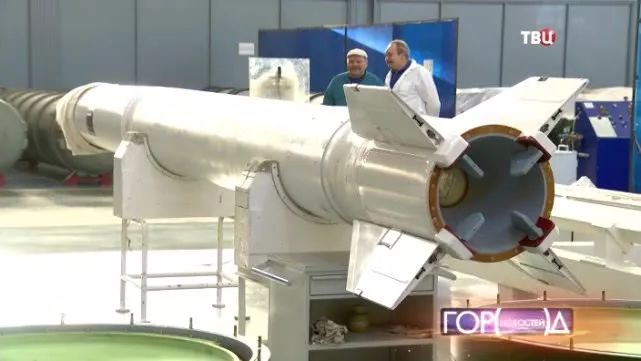
As a medium to long-range air defense missile, the S-400’s missile body features a wingless design, resembling a “bare pole missile” with only tail fins.
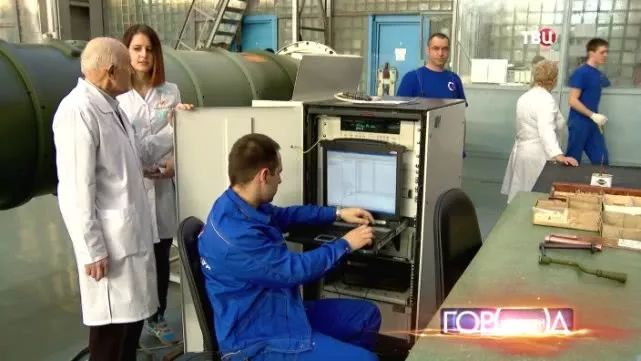
A corner of the workshop also utilizes computers and other automation equipment in production.
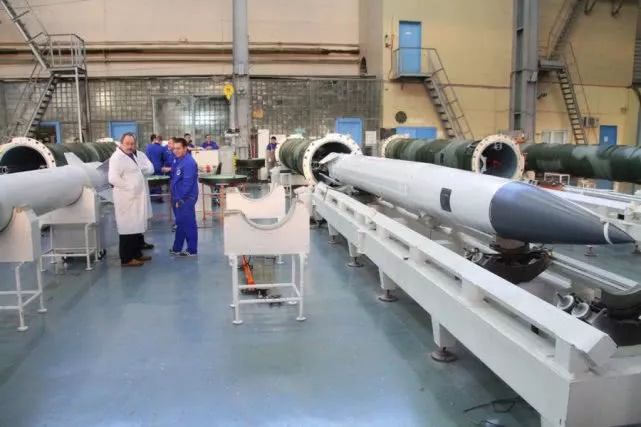
The S-400 missiles are loaded into the launch tubes, which are typically filled with helium or other gases to maintain freshness.
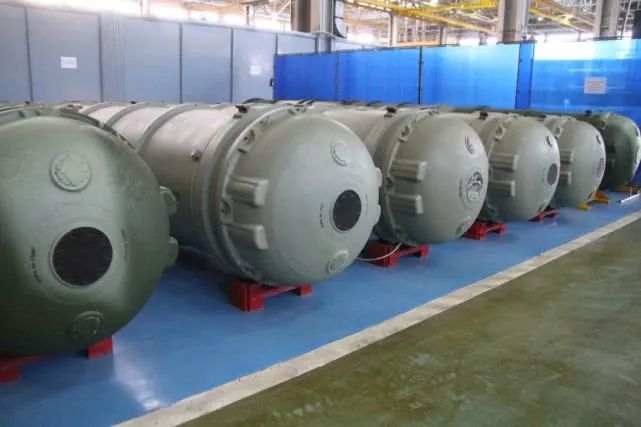
Assembled S-400 missiles and launch tubes.
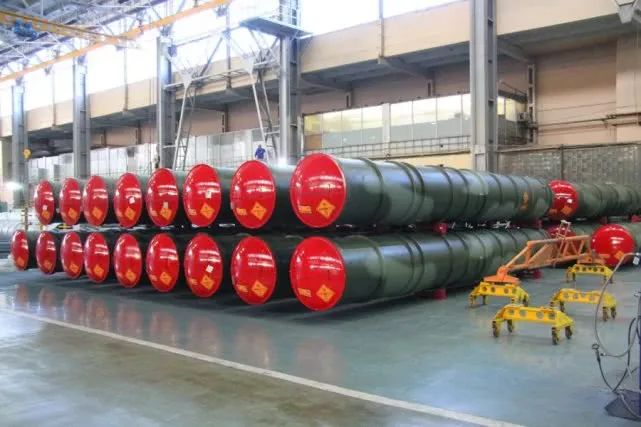
A corner of the “finished product” area; it is reported that in addition to the S-400, production of a new generation of air defense missiles has also begun.
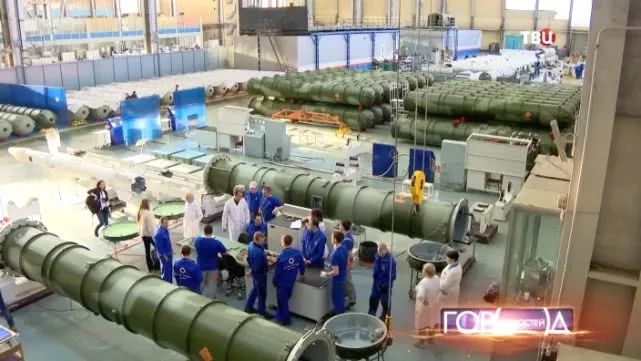
News reports show workers engaged in assembly tasks.
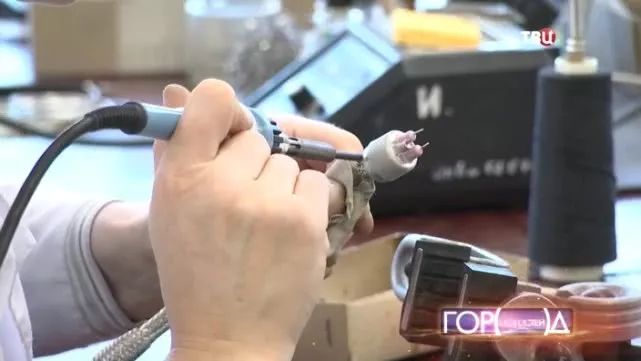
Notably, the news featured images of missile cabling and electronic component production.
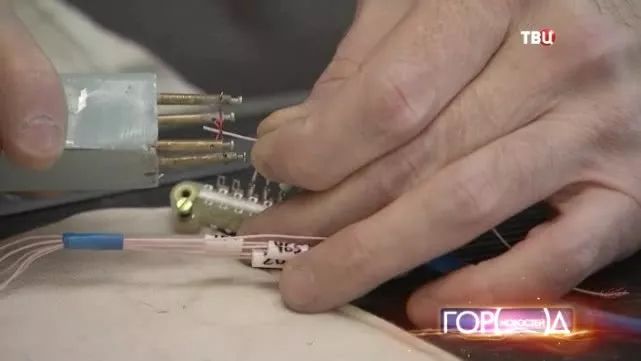
The wiring and assembly of electronic components are quite meticulous.
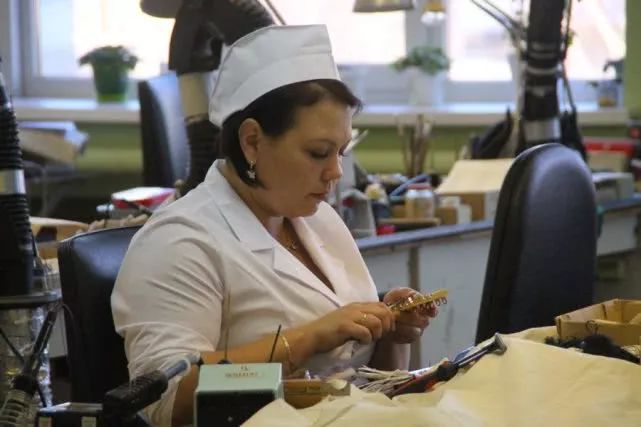
In this workshop area, there are more women, possibly due to the meticulous nature of their work.
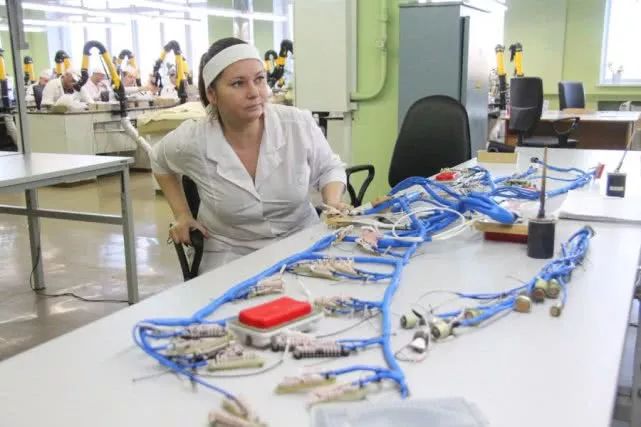
The dense cabling indicates a significant workload.
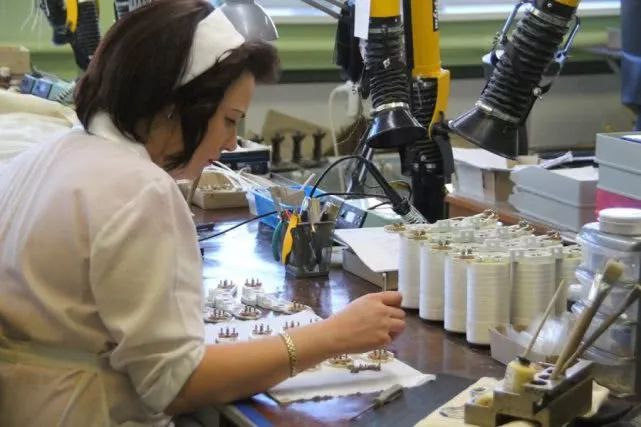
The production of electronic components can be automated, but manual labor is still essential.
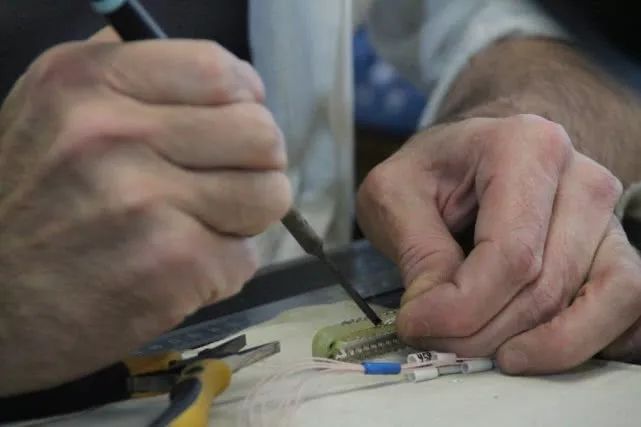
Handcrafted work is, of course, not to be taken lightly.
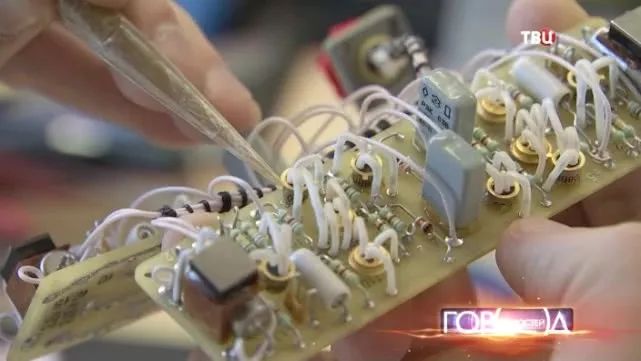
The electronic components on the S-400 missile seem to be part of the fire control system.
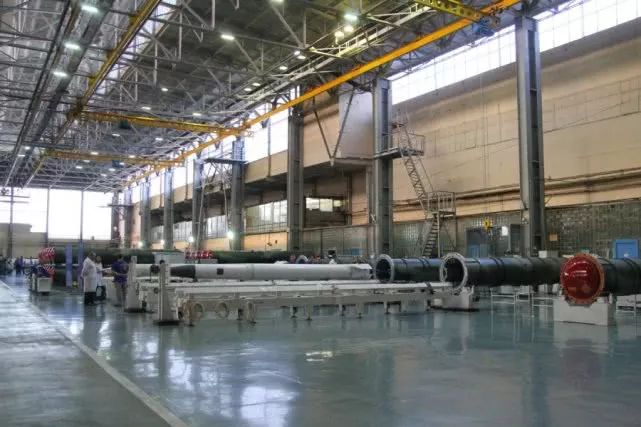
The assembly area for missiles and launch tubes.
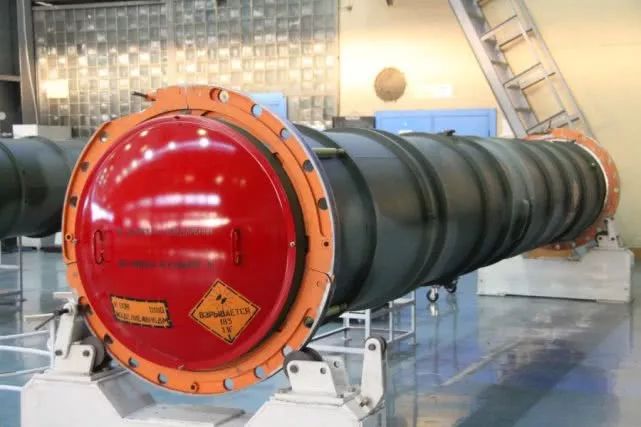
Although the launch tubes provide protection, there are still specific temperature requirements during storage and transport.
Source: RF Baohua Tan Read More Articles With a bang, the lab exploded againThis circuit scheme has shipped over 100K units, with stable quality; the client hopes we can replicate the board…The fundamental principles of semiconductors; do you really understand the diodes you encounter daily?Are electronic engineers in listed companies really impressive? Let’s look at a practical case!A decade of hardware experience, combining practical cases to explore low-power design in microcontrollers!Electronic comic series updates with 4 stunning images, a total of 62 images, can’t wait to share with you!USB external power supply and lithium battery automatic switching circuit design, do you get the essence?A very practical one-button power switch circuit, all experts come in to mark it?
Click to read👆
